Published in the Sunday Gujarat Samachar on 21 January, 2024
Today, let's go to a land that is a melting pot of cultures, often referred to as the "Rainbow Nation" for its diverse blend of ethnic backgrounds and languages. A country known for its stunning landscapes, ranging from rolling hills to beautiful beaches along the coast. A sports-loving nation, particularly passionate about rugby, cricket, and football, and proudly hosted the 2010 FIFA World Cup. They have also hosted the Indian Premier League (IPL) once. Have you guessed it already? Whether you have or you haven’t let me give you a few more fun clues.
This country is a major wine producer, with regions like Stellenbosch and Franschhoek being renowned for their world-class vineyards and wine tours. It also boasts some of the world's most breathtaking wildlife and is home to the famous Kruger National Park, a must-visit for safari enthusiasts. For the final clue then: this country is so geographically unique, that it features three capital cities: Pretoria, Bloemfontein, and Cape Town. And I’m sure you have guessed it already. We are talking about no other country, but South Africa!
Nestled at the southernmost tip of the African continent, South Africa is a land of breathtaking diversity and splendour, giving it the nick name 'The Rainbow Nation'. South Africa has a vast coastline stretching over 3000 kilometers along the South Atlantic and Indian Oceans. Its location makes it a significant maritime link between the Atlantic and Indian Oceans. Bordered by Namibia, Botswana, Zimbabwe, Mozambique, and Swaziland, and with Lesotho completely encircled within its borders, South Africa's topography is incredibly diverse. From the arid Kalahari in the north to the lush Cape Winelands in the south, the country's landscapes are as varied as its cultures.
Like I mentioned earlier, South Africa has a very unique three-capital system, which is rooted in its complex colonial and political history. The three capitals being: Pretoria (executive), Cape Town (legislative), and Bloemfontein (judicial). Each capital serves a distinct purpose:
- Pretoria (Administrative Capital): Pretoria hosts the executive branch of the government, including the President's official residence. The choice of Pretoria as the administrative capital dates back to the formation of the Union of South Africa in 1910. This city was the administrative center of the former Transvaal Republic, which was one of the constituent territories forming the Union.
- Cape Town (Legislative Capital): Cape Town is the seat of the Parliament of South Africa, where legislative matters are handled. This arrangement goes back to the colonial era when the Cape Colony was a major center under British rule. Maintaining Cape Town as the legislative capital after the formation of the Union of South Africa was a compromise to balance the power and influence between the British and the Afrikaners - a Southern African ethnic group that descended from predominantly Dutch settlers first arriving at the Cape of Good Hope in 1652. Until 1994, they dominated South Africa's politics as well as the country's commercial agricultural sector..
- Bloemfontein (Judicial Capital): Bloemfontein houses the Supreme Court of Appeal, the highest court in non-constitutional matters. It was chosen to appease the Orange Free State, another former republic that became part of the Union of South Africa. Bloemfontein was the capital of the Orange Free State and including it as a capital in the new union was a way to provide representation and balance among the constituent states.
So this three-capital system was a compromise intended to unify the disparate entities that formed the Union of South Africa, each with its own distinct historical and political importance. It was a solution to balance the interests and influences of different regions and groups within the country, particularly the British and the Afrikaners, during a time when national unity was fragile. The system has been maintained since then, symbolizing the country's commitment to representation and balance among its diverse population.
Now that we have established this, let’s look at three more amazing facts that I stumbled across while I was researching for this article:
- South Africa boasts some of the world’s richest hominin fossil sites, making it a key contributor to the study of human evolution. The 'Cradle of Humankind', a UNESCO World Heritage site near Johannesburg, is home to around 40% of the world's human ancestor fossils.
- Who decided to call it the Rainbow Nation? The term 'Rainbow Nation' was coined by Archbishop Desmond Tutu to describe South Africa's ethnic and cultural diversity. The country has 11 official languages, reflecting its melting pot of African, European, and Asian influences. The 11 languages are Sepedi, Sesotho, Setswana, siSwati, Tshivenda, Xitsonga, Afrikaans, English, isiNdebele, isiXhosa and isiZulu.
- The World’s Largest Diamond: South Africa is famous for its mineral wealth, notably diamonds. The world's largest diamond, the Cullinan Diamond, was found in South Africa in 1905. Weighing an astonishing 3,106 carats, it was later cut into several polished gems, the largest of which adorns the British Sovereign's Royal Sceptre - a ceremonial staff that belongs to the British monarch. It's an important part of royal ceremonies and is often seen during events like the coronation of a new king or queen. This scepter is a symbol of the monarch's power and authority.
When you visit South Africa, you will sure have planned a visit to the iconic Table Mountain. Many of us first witnessed Table Mountain during the 2003 Cricket World Cup where the show Extraa Innings was telecast with the backdrop of Cape Town’s Table Mountains. So what is the significance of Table Mountain?
Table Mountain is a flat-topped mountain overlooking Cape Town, and is more than just a stunning backdrop. It's a symbol of home and hope for many South Africans. The mountain is part of the Table Mountain National Park and is one of the New 7 Wonders of Nature. Its rich biodiversity makes it a critical conservation area, and it's home to over 2,200 species of plants. For visitors, a cable car ride to the top offers panoramic views of Cape Town, the harbour, and Robben Island. The mountain's presence in the city's landscape serves as a constant reminder of nature's magnificence amidst urban development.
So all in all, South Africa's rich tapestry of natural beauty, cultural diversity, and historical depth make it a unique and enchanting destination. From the symbolic three capitals to the majestic Table Mountain and the wild expanse of Kruger National Park, each facet of the country offers insight into its resilient and vibrant spirit. Whether exploring its ancient roots or experiencing its natural wonders, South Africa promises a journey of awe and inspiration. So when are you going to the land of the three capitals? Let me know by writing to me at neil@veenaworld.com Have a super week ahead and see you next week.








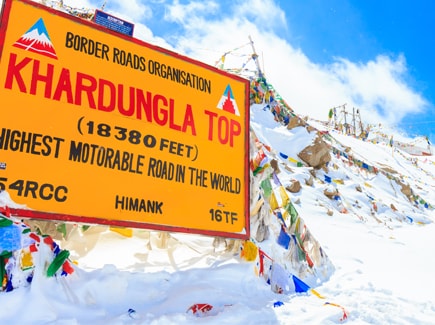
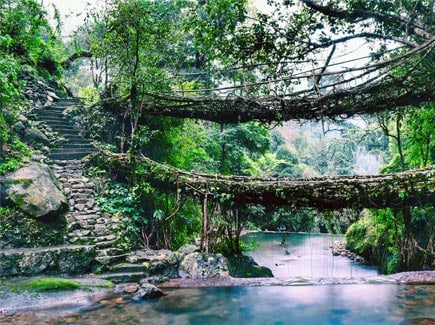
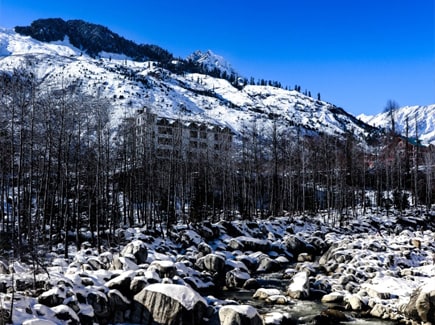



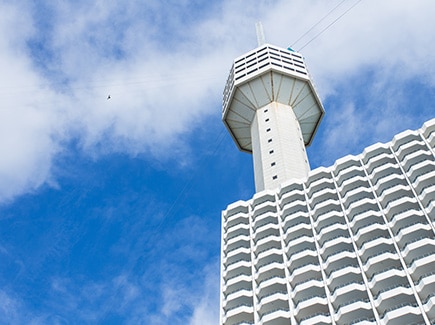

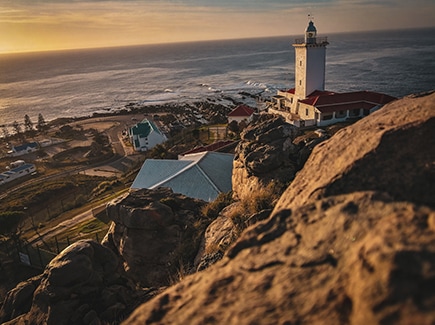

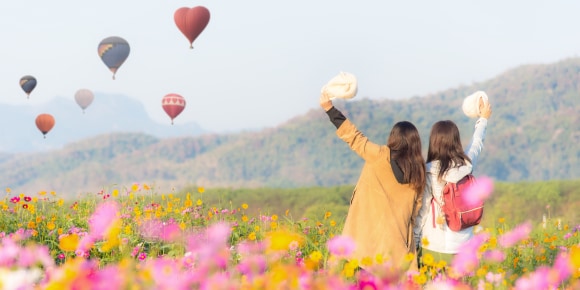
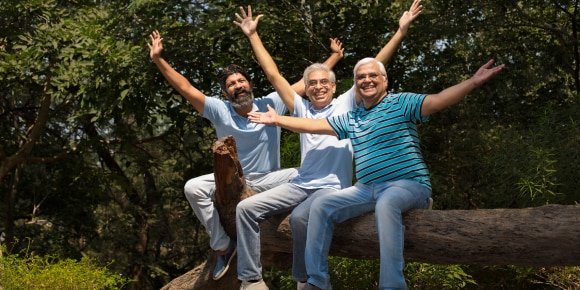
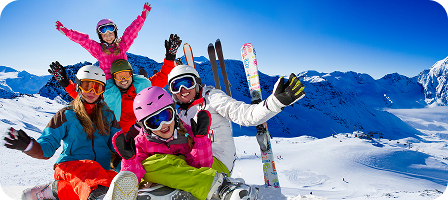
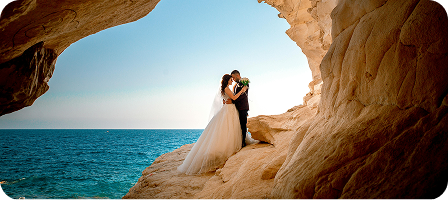









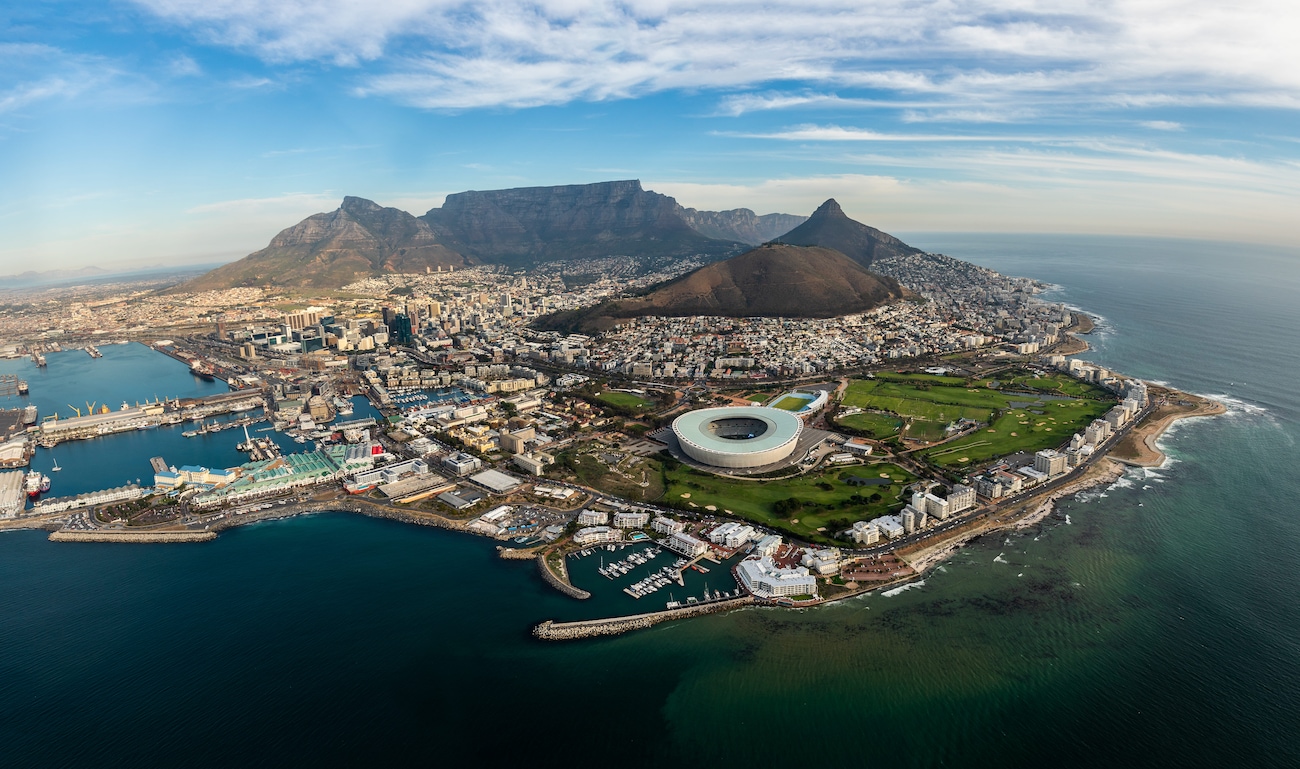









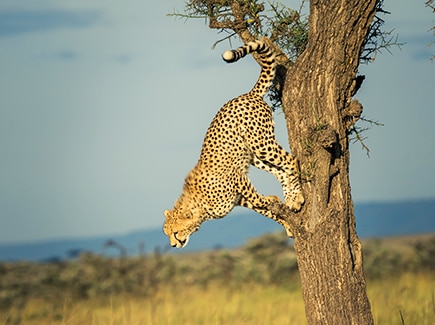
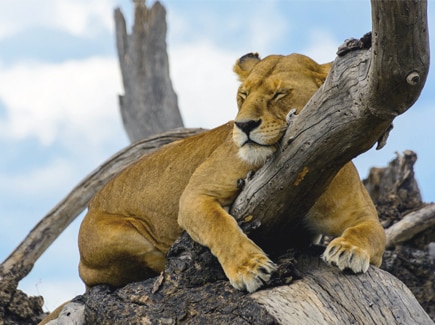
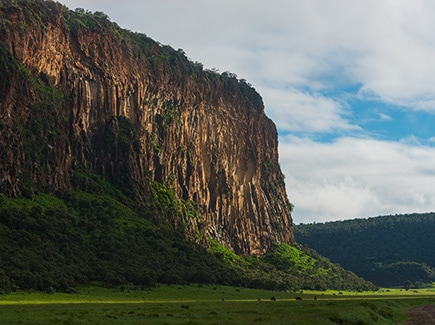





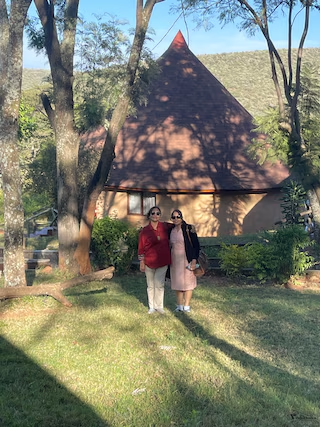








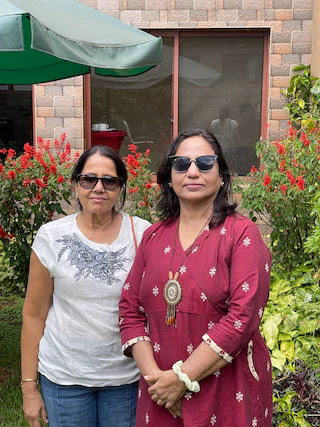


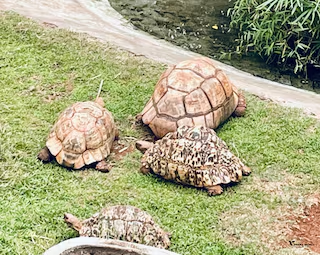



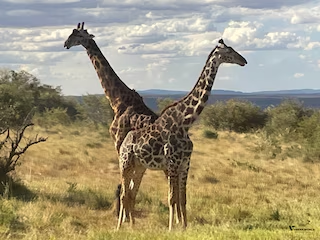










Post your Comment
Please let us know your thoughts on this story by leaving a comment.